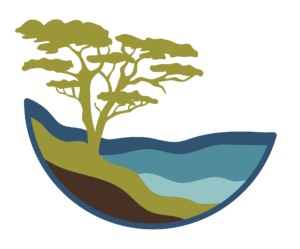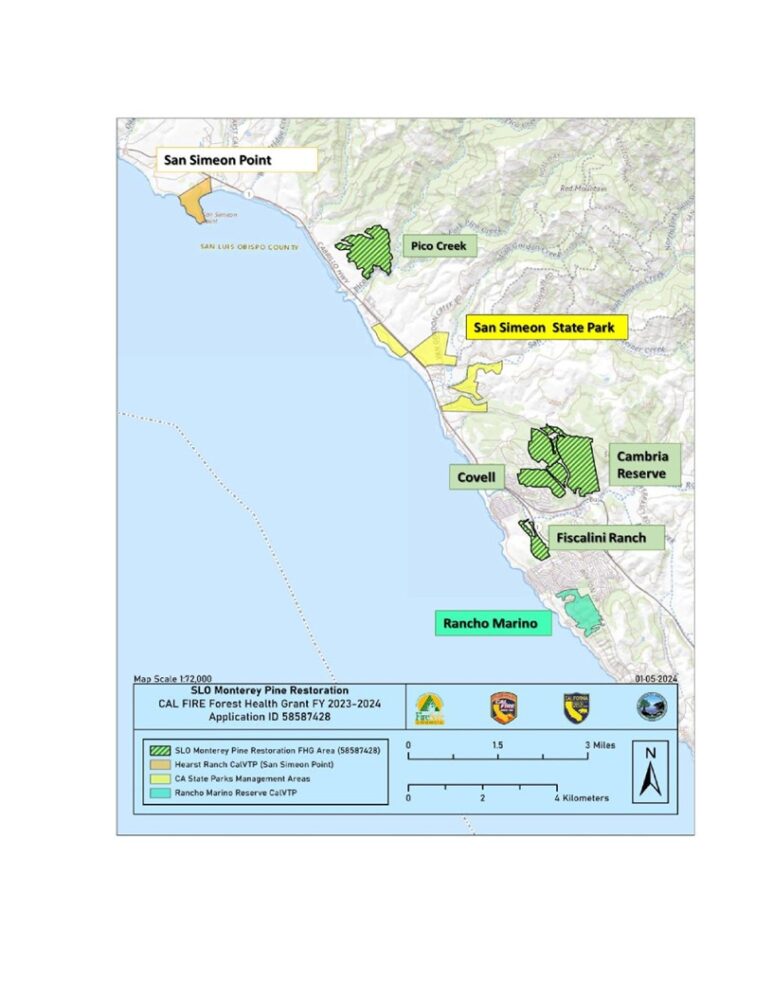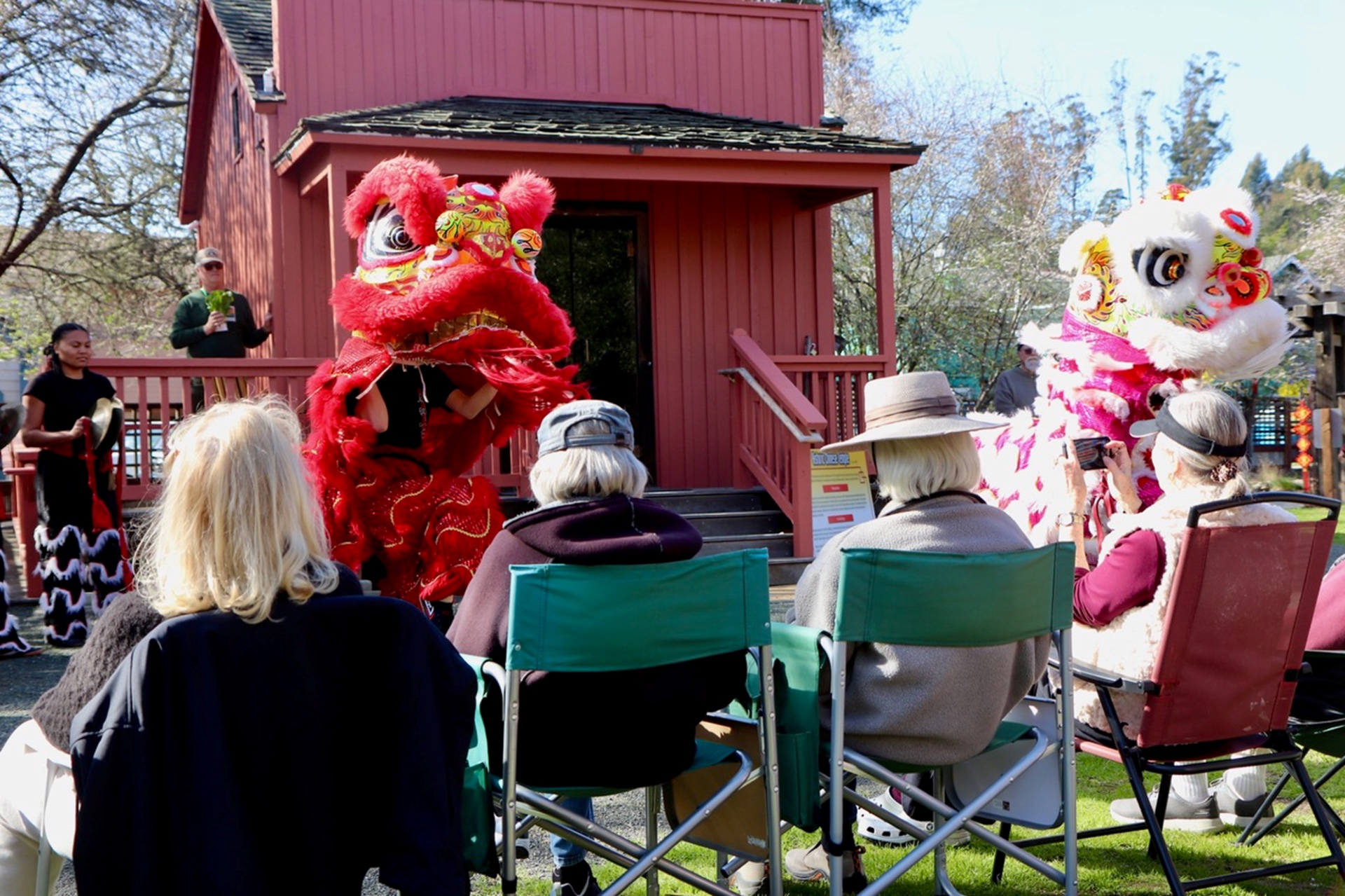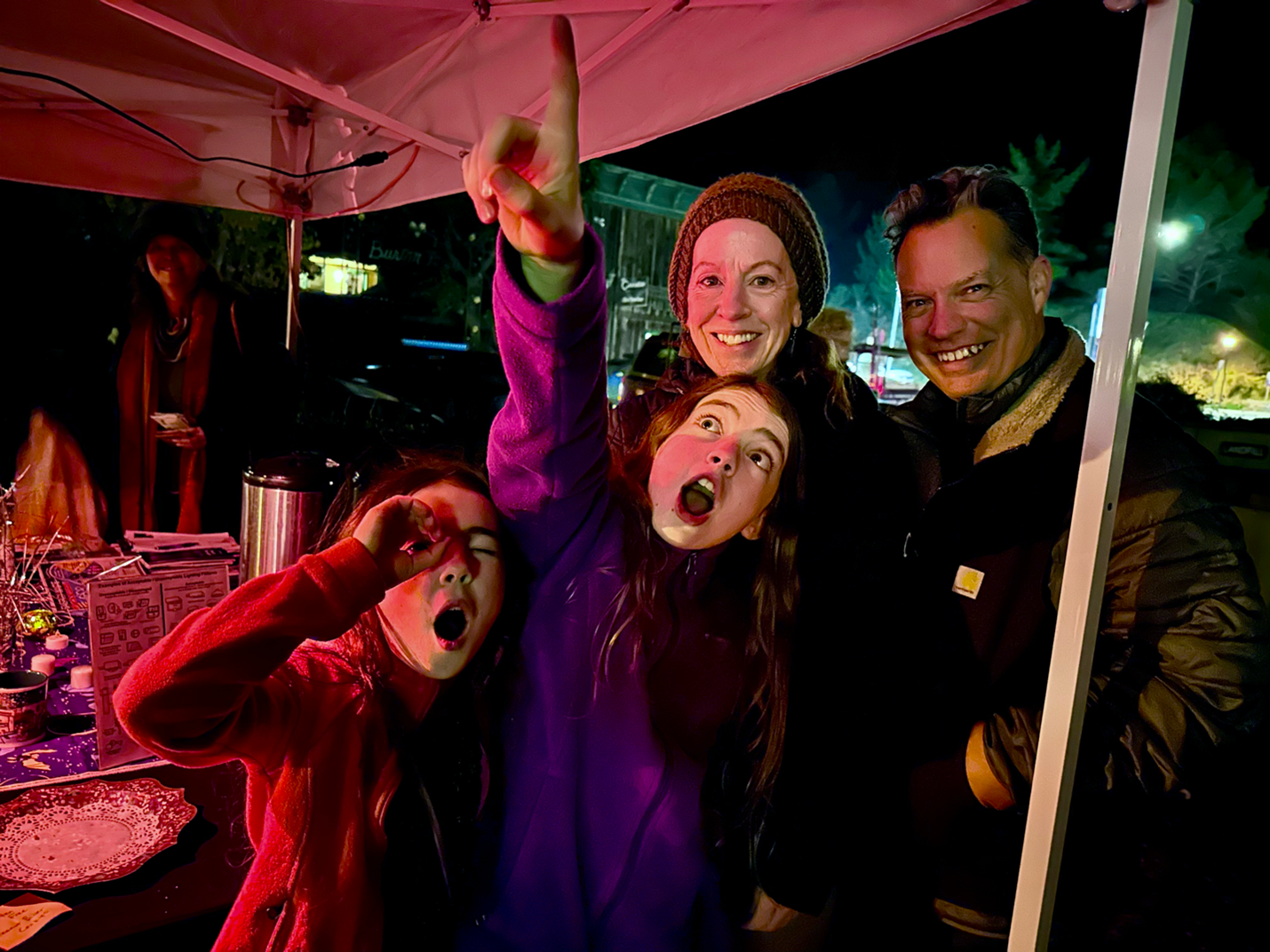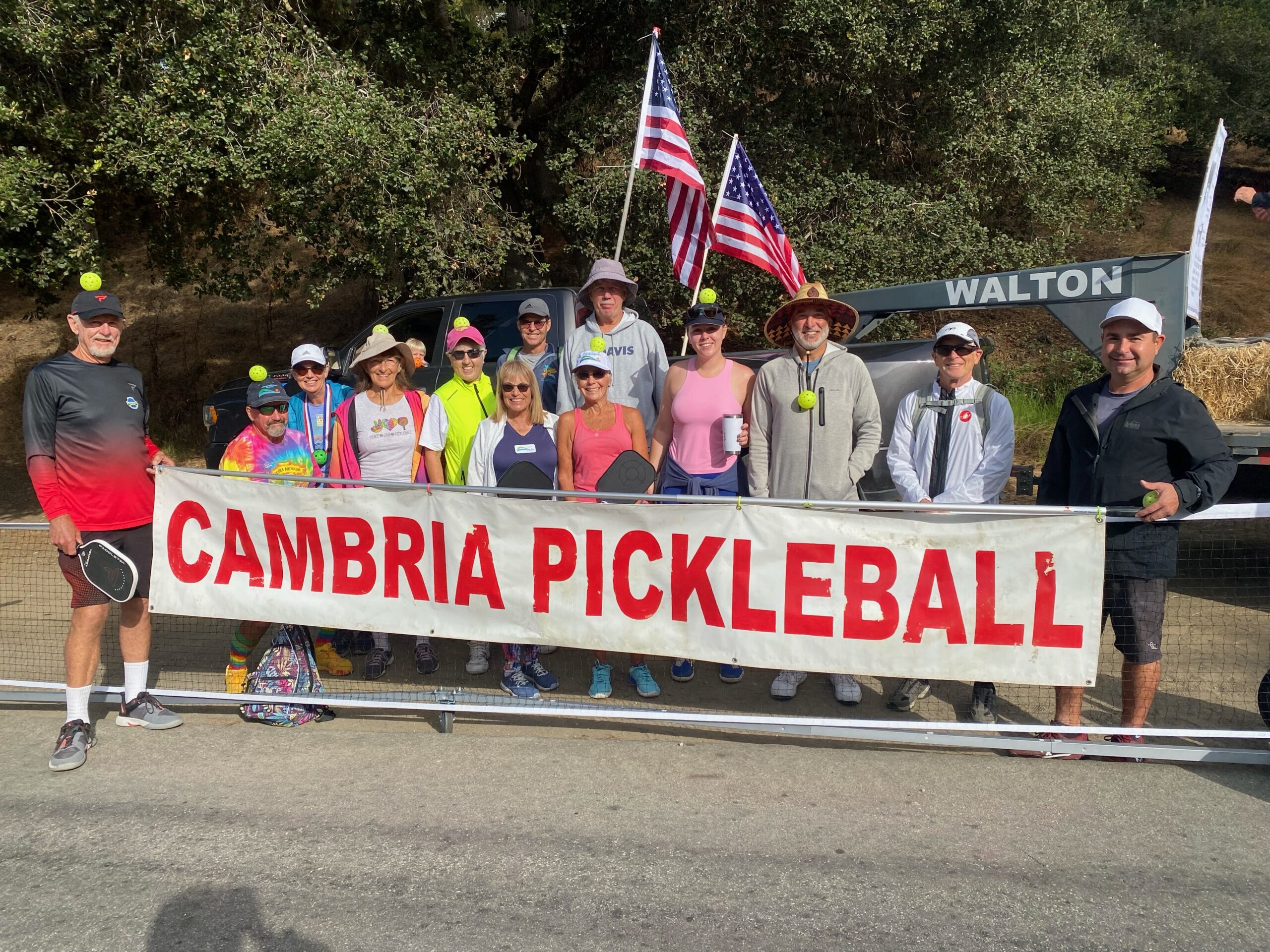By KITTY CONNOLLY
Between the searing images of urban conflagrations and the looming threat of cancelled insurance, it is hard to escape the thought of wildfire these days. Fortunately, wildfire is also on the minds of the good folks at local government agencies and non-profits. The Cambria Fire Safe Focus Group, San Luis Obispo County Community Fire Safe Council (SLO FSC) and Upper Salinas-Las Tablas Resource Conservation District (US-LT RCD) have formed a strong coalition of landowners, forestry experts, and land managers. Through this coalition, SLO FSC and US-LT RCD have secured millions of dollars in California Climate Investment (CCI) grants through CAL FIRE for community preparedness, fire hazard reduction, and ecological restoration in Cambria’s Monterey pine forest.
This North Coast Planning Project will develop a comprehensive approach to restoring Cambria’s forest and shrub lands to a healthy and safer status. In addition to evacuation planning and community preparedness, the project includes designing site-specific forest management plans that reduce the number of trees per acre to the level the landscape can sustain.
Two recently awarded grants that total more than $7 million will be going beyond the regular annual measures of clearing vacant lots, addressing weed abatement, and mowing fire breaks. Treatment and project options under the grants include:
Forest Health
–Cutting down dead and dying trees while leaving some standing dead trees for habitat
–Cutting down trees under eight inches diameter to reduce competition for light and water
–Reducing overgrown shrubs with hand tools, machines, or herbivory by sheep and goats so they grow back healthier
–Managing pests, including the removal of diseased trees and limbs, removal of invasive plants, and herbivory by sheep and goats
Fuels Reduction
–Creation and maintenance of shaded fuel breaks—100-foot buffers around housing developments where healthy trees remain in place, but their lower limbs are cut, and shrubs are thinned or cut to the ground to regrow. This will help prevent fires that do start from becoming crown fires–the deadliest kind of forest fire.
–Chipping of cut trees and limbs – chips will be spread on the forest floor or used for mulch off site.
–Invasive plant removal, especially flammable invasives like French broom, pampas or jubata grass, and Crocosmia
–Prescribed fire – under carefully controlled conditions and conducted by experienced professionals – burning of piles of invasive species, cut trees, and shrubs, or low intensity ground fires that mimic natural fires that the Monterey pine are adapted to
–Cutting lower limbs of trees to reduce the chance that a ground fire will reach the tree canopy and become a crown fire
Reforestation: Planting Monterey pines in areas where they used to grow
Each property has its own unique conditions and tailored suite of treatments. Properties covered by these grants include, from north to south, Hearst Ranch, San Simeon State Park, Covell Ranch, California Fish & Wildlife’s Cambria Reserve, Fiscalini Ranch Preserve, Greenspace’s Strawberry Canyon, and Kenneth Norris Rancho Marino Reserve. Altogether more than 1,000 acres will be treated at least once over the next five years.
Native Monterey pines (Pinus radiata) have a life span of 80-120 years and are adapted to fire. It makes sense that the pines would have naturally been exposed to fire multiple times within their lifetimes, or the species would not be adapted to the presence of fire. Patchy, low-intensity fires would have cleared the understory shrubs, killed smaller pines that had not yet grown protective bark, and opened up sunny spots on the forest floor to reduce competition so seedlings could grow.
Thankfully, it has been more than 135 years since there was a major fire in Cambria; however, there have been some downside effects. Without low intensity natural or cultural fires, the forest has become overgrown with too many trees and understory shrubs per acre. The natural thinning process that keeps the surviving trees healthy has not occurred. Many of Cambria’s native pines are reaching the end of their lives, helped along by stress from overcrowding, disease, and drought. The treatments under the CCI grants are designed to mimic natural, regenerative forces that promote a healthy, less fire-prone forest.
Similar work has been taking place at the Covell Ranch and Fiscalini Ranch Preserve for years. Many of the properties around Cambria have some degree of ongoing management to reduce fire risk by promoting forest health, but these grants provide an area-wide approach under consistent management that will make Cambria a safer place to live. With unanimous support from agencies including the California Coastal Commission, Cambria is more than a certified firewise community: It is becoming a leader in forest-wide collaborative management.
